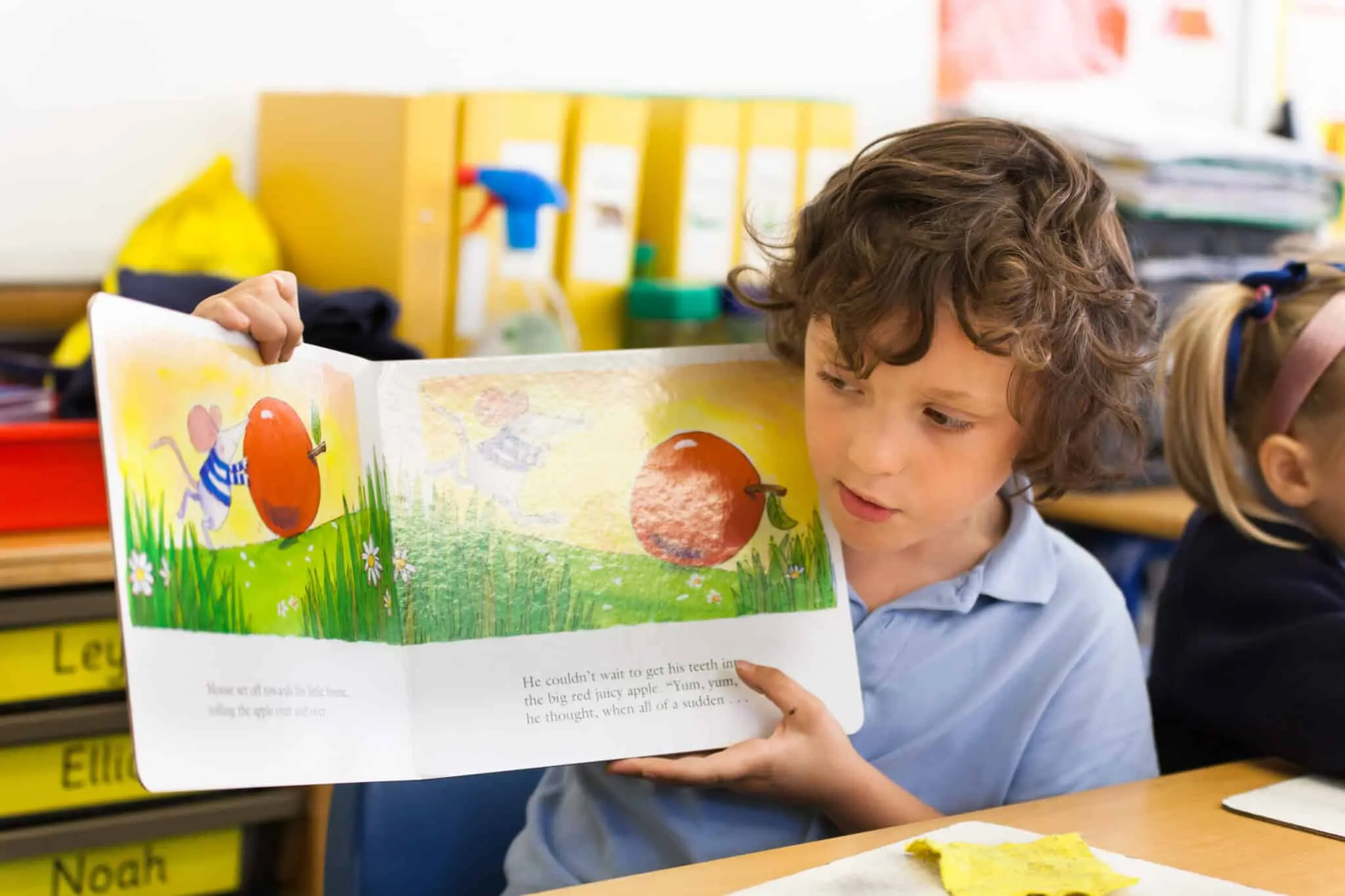January 16, 2018
Like every other school in England, the removal of levels left the leadership team at Herne Bay Junior School, Kent, with the challenge of how to accurately track pupil progress without creating a mountain of paperwork that would drown teaching staff… having found a robust and reliable solution in Star Assessments, Acting Deputy Head, Chris Thomas, shares the journey that they’ve been on for the last 18 months – and explains how data is proving to be a valuable tool in helping to find the story behind every child…
No more marking!
I’ve always been passionate about data, even when I was in the classroom. As a Year 6 teacher I had the advantage of being able to use practice SATs papers to support judgements on pupil progress, but the same couldn’t be said for other year groups. So, when it came to a life without levels, we struggled to find a solution that would be effective in monitoring progress but didn’t demand piles of paper or hours of time to mark… until we came across Star Assessments.
Pupil Progress Reviews simplified
We first implemented Star Reading and Star Maths 18 months ago and while we very quickly started to reap the benefits of the reporting tools at a basic level, over time we’ve grown in confidence on how best to use the information and have a lot of trust in the validity of the data. Take our Pupil Progress Reviews (PPRs) for example. We don’t have time to review every child in detail at every meeting, so Star has become a fundamental screening tool that identifies the children that we need to focus on at a given time. Before every PPR meeting we now use Star to identify these children and from the data available I share questions in advance of the session which means the teachers can effectively prepare. As a result, we’re able to have more meaningful conversations about the children, off the back of the data. And because the ‘numbers’ are generally tallying with what the teacher’s professional judgement is telling them… they’re also growing in confidence.
Star – An accurate predictor of pupil performance
Inspired by Gary Alexander Deputy Head Teacher of Battle & Langton CE Primary School, we undertook our own SATs correlation study and confirmed that Star was an accurate predictor of pupil performance. In doing so, this lent further support to the fact that Star is reliable and valid and when used alongside other tools such as teacher judgement, enables you to build a fully rounded picture of a child and where they are in their development.
The Killer Report
So, this is all well and good. We’ve seen great results. We’re loving Star. We’re excited about how we can go on to develop its use even further… but how did we get here?
Well, for starters, we made the decision to take baby steps. It was new for everyone – teachers and pupils – so we committed to ‘learning to walk before we could run’. This meant getting the system launched, introducing the children to taking the online computer-adaptive tests (which only take 20 minutes), then learning how to interpret and best use the data. The killer report for us initially was the Screening Report. This gave us an instant overview of where every child was in the class in comparison with a national benchmark. We then progressed to using the Growth Report as this clearly shows the shifts in Normed Referenced Standardised Score (NRSS) and Percentile Rank (PR). As such, the Growth Report continues to be a very valuable tool in supporting teachers to make judgements, pinpointing which children need support and identifying where they are in their development – we can easily see whether they’re closing the gap and catching up – it’s the absolute backbone of our PPRs.
Data isn’t everything!
But it’s not all about the data. If there’s one thing you take away from reading this, it needs to be that the data cannot be separated from the conversations about the children. The data is what points you in the right direction and guides you to ask the right questions. Star gives you hard evidence that will inform your investigations, structure planning and ultimately help you to confidently build a broader story around what’s happening with individual children. Whether they’re gifted and talented or not making expected progress, you can spot them so quickly and easily. This means less time wasted on paperwork and more time spent on supporting them. Star gives you the data. You build the story. It’s as simple as that.
Chris Thomas will be joining us for future guest blogs where he will share his experiences of Student Growth Percentiles (SGPs) and why they’ve made the decision to introduce Accelerated Reader alongside Star Assessments.
